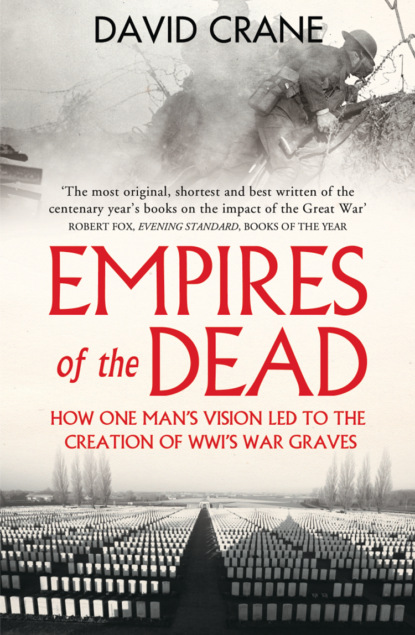
Empires of the Dead: How One Man’s Vision Led to the Creation of WWI’s War Graves скачать fb2
David Crane - Empires of the Dead: How One Man’s Vision Led to the Creation of WWI’s War Graves краткое содержание
Before WWI, little provision was made for the burial of the war dead. Soldiers were often unceremoniously dumped in a mass grave; officers shipped home to be buried in local cemeteries.The great cemeteries of WWI came about as a result of the efforts of one inspired visionary. In 1914, Fabian Ware, at 45, was too old to enlist. Instead, he joined the Red Cross, working on the frontline in France. There he was horrified by the ignominious end to the lives of many of the soldiers who, buried hastily, were often lost as the battlelines moved backward and forward over the same ground. He recorded their identity and the position of their graves, and his work was quickly officially recognised, with a Graves Registration Commission being set up. As reports of their work became public, the Commission was flooded with letters from grieving relatives around the world.Critically acclaimed author David Crane gives a profoundly moving account of the creation of the great citadels to the dead, which involved leading figures of the day, including Kipling, Lutyens and Gertrude Jekyll. It is the story of both cynical political motivation, as governments sought to justify the sacrifices made, as well as the outpouring of great personal grief, following the ‘war to end all wars’.
Чтобы оставить свою оценку и/или комментарий, Вам нужно войти под своей учетной записью или зарегистрироваться







